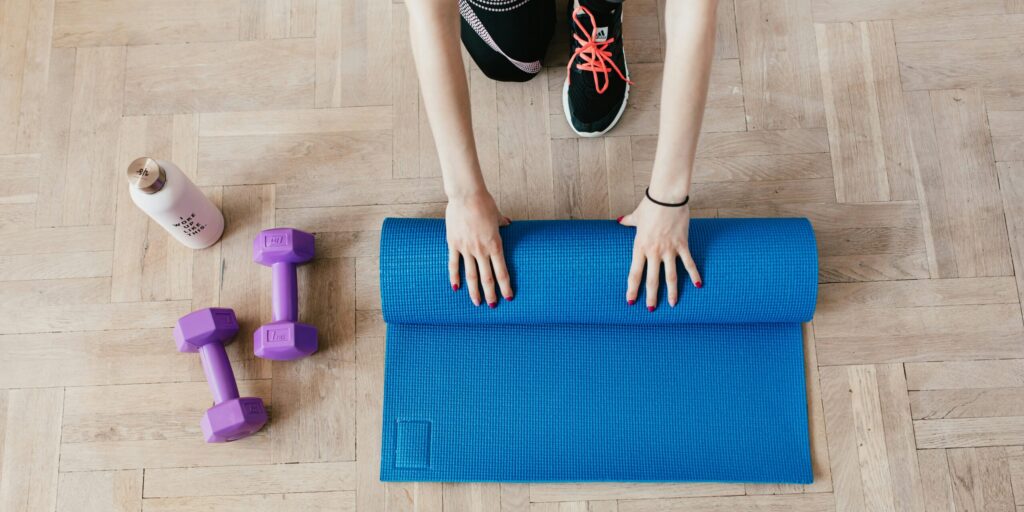Are you considering joining a Pilates class but unsure how to choose the most suitable class for you?. In this blog, I will help you clarify how to choose the right Pilates class for you. We’ll identify the three most common scenarios people look to join a Pilates class and then provide a general rule of the thumb on how to find the Pilates class that best suits your needs.
As always, before starting any Pilates class, I’d recommend speaking to your GP or health care practitioner.
Situation: You have been recommended to attend Pilates for help with back pain or another remedial issue.
Rule of thumb: It’s advisable to find a class with an instructor with prior qualifications in a clinical setting such as physiotherapy, Sports therapy. Opt for classes with a small number of participants, ideally no more than 8, to ensure individual attention & adapted exercises. These classes are often privately run, either in dedicated Pilates studios or local halls. Additionally, consider equipment-based Pilates, such as reformer classes, with the same guideline. If you’re located in Dorset and looking for Pilates classes for these reasons, this is something I could help you with – feel free to get in touch if so.
Situation: You are looking for a fitness-based class and have no pain/injuries
Rule of thumb: You best option here is to investigate Pilates classes offered at your local gym or health clubs. Classes in these venues often provide a variety of different styles & instructors. Since these classes are typically fitness based, your instructor may also lead other fitness classes you attend, such as spinning or Zumba. Expect larger class sizes, sometimes accommodating up to 40 people, and Pilates classes are usually included in your gym membership, ideal if you are on a restricted budget. It is worth noting that these classes may not be suitable for individuals dealing with pain, specific conditions or athletes looking to improve performance.
Situation: You are an athlete looking to improve performance
Rule of thumb: While most mat work Pilates classes focus on low-level endurance and mobility, they may not adequately address the strength and loading aspect, which is key to enhancing athletic performance. Equipment Pilates such as reformers, chairs and Cadillacs offer’s spring-loaded resistance which can significantly enhance Pilates exercises by adding vital loading. However, unlike Mat Pilates, equipment Pilates does not have a minimum standard of qualifications, potentially allowing anyone to instruct. Therefore, it’s essential to ensure that your instructor not only holds the appropriate qualifications, they have experience with working with athletes. If you’re in Dorset, I have prior experience in these area & appropriate qualifications and would be more than happy to assist you. Feel free to follow this link if you would like to get in touch.
Why is there so much difference between Pilates classes?
The primary reason is down to regulation. Currently, for Mat work Pilates, there is a ‘national standard’ set at ‘level 3’. Whilst this provides some guidance as to what should be taught on level 3 Pilates courses, the certificate is not mandatory for teaching Pilates. This does not mean a level 3 instructor is superior to an instructor who does no hold a level 3. It is important to note that a level 3 Pilates course focuses on delivering Pilates exercises, in a group setting, it does not emphases on clinical areas such as using Pilates to help with back pain. Therefore, you will likely need an instructor who has additional skills in this regard. Most gyms and health clubs will require their instructors to hold level 3 qualifications – as they focus on fitness-based classes – This highlights the importance of finding the right class for your needs.

